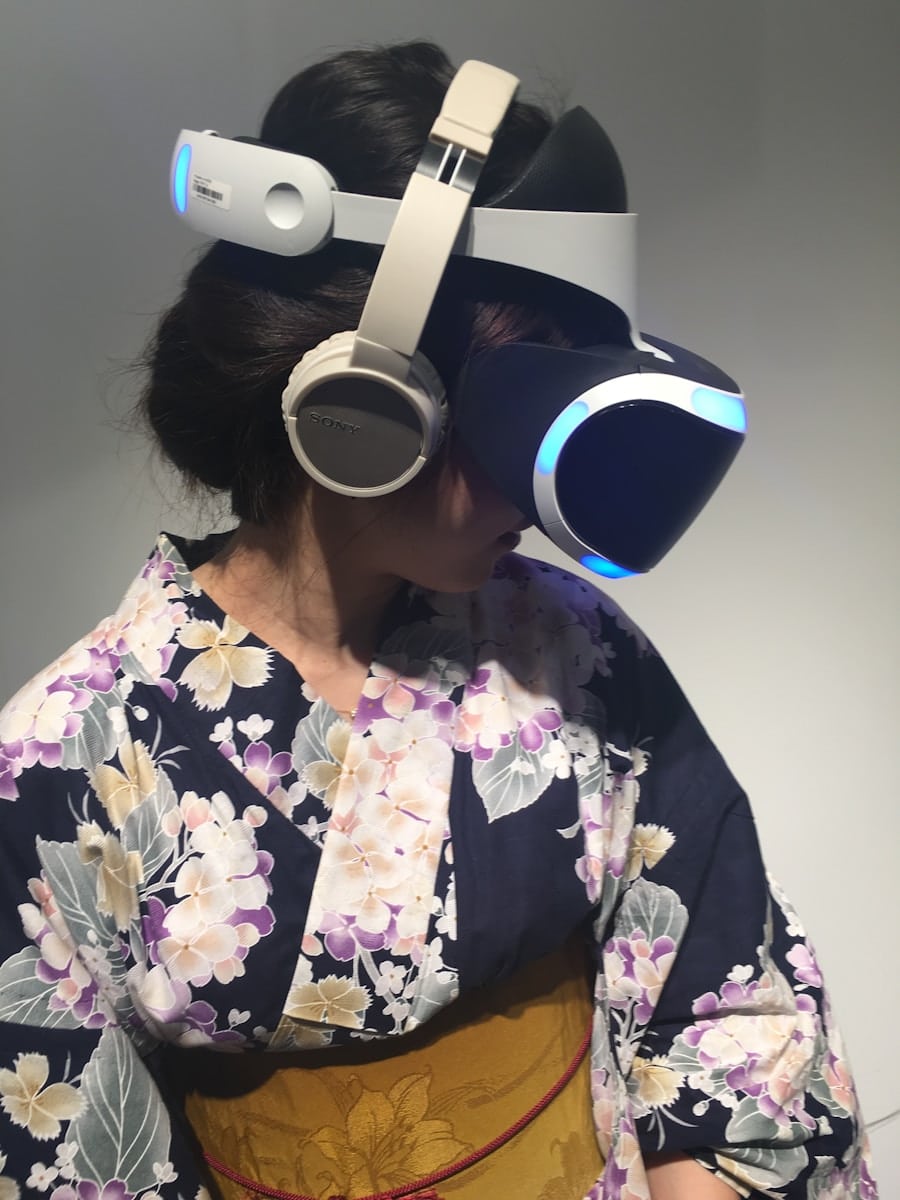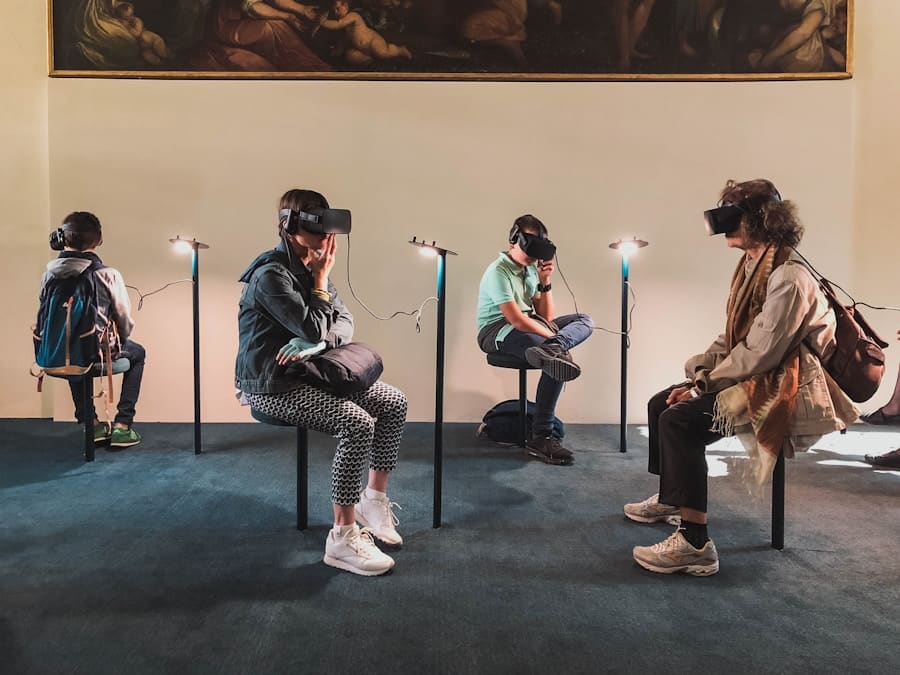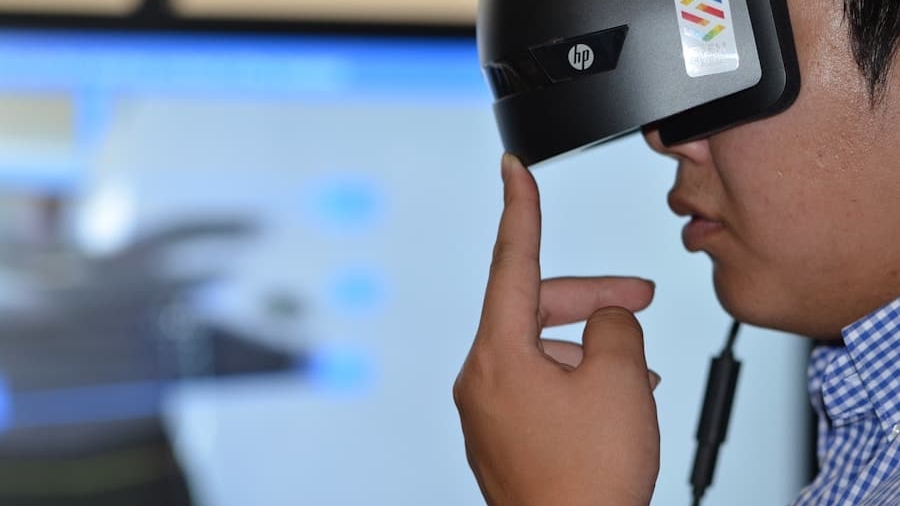In an increasingly interconnected world, remote collaboration has emerged as a vital component of modern work culture. The advent of digital communication tools has enabled teams to transcend geographical boundaries, allowing individuals from diverse backgrounds to work together seamlessly. This shift has been accelerated by the global pandemic, which forced many organizations to adopt remote work practices almost overnight.
As a result, the concept of collaboration has evolved, with teams relying on various technologies to maintain productivity and foster innovation despite physical separation. Remote collaboration encompasses a wide range of activities, from virtual meetings and project management to real-time document sharing and brainstorming sessions. The tools available for remote collaboration have become more sophisticated, incorporating features that enhance communication and streamline workflows.
However, while technology has made it easier to connect, it has also introduced new challenges that organizations must navigate. As teams become more dispersed, the need for effective collaboration strategies becomes paramount, particularly when working across different countries and cultures.
Key Takeaways
- Remote collaboration allows teams to work together from different locations, increasing flexibility and access to global talent.
- Challenges of remote collaboration across countries include language barriers, cultural differences, and time zone differences.
- VR in remote collaboration offers benefits such as enhanced communication, immersive experiences, and increased productivity.
- Case studies show successful VR-enhanced remote collaboration in industries such as architecture, engineering, and healthcare.
- The future of VR in remote collaboration includes advancements in technology, increased adoption, and new applications in various industries.
The Challenges of Remote Collaboration Across Countries
One of the most significant challenges of remote collaboration across countries is the issue of time zone differences. When team members are spread across various regions, coordinating meetings and deadlines can become a logistical nightmare. For instance, a team with members in New York, London, and Tokyo must find a suitable time for all participants that does not infringe on their personal time or productivity.
This often leads to frustration and can hinder effective communication, as team members may feel disconnected or out of sync with one another. Cultural differences also play a crucial role in remote collaboration. Each country has its own unique work culture, communication styles, and expectations regarding professionalism.
For example, while some cultures may prioritize directness and assertiveness in communication, others may value politeness and indirectness. These differences can lead to misunderstandings and misinterpretations, which can further complicate collaboration efforts. Additionally, language barriers can exacerbate these issues, as team members may struggle to convey their ideas clearly or fully understand their colleagues’ perspectives.
The Benefits of VR in Remote Collaboration

Virtual reality (VR) technology offers a promising solution to many of the challenges associated with remote collaboration. By creating immersive environments where team members can interact as if they were physically present together, VR has the potential to revolutionize how people collaborate across distances. One of the primary benefits of VR in remote collaboration is the enhanced sense of presence it provides.
Unlike traditional video conferencing tools that can feel flat and disconnected, VR allows participants to engage in a more lifelike manner, fostering stronger connections and improving communication. Moreover, VR can facilitate more effective brainstorming and problem-solving sessions. In a virtual environment, team members can manipulate 3D models, visualize complex data sets, and collaborate on designs in real time.
This hands-on approach can lead to more innovative solutions and a deeper understanding of the project at hand. For instance, architects and engineers can use VR to walk through virtual buildings before they are constructed, allowing for immediate feedback and adjustments based on team input.
Case Studies of Successful VR-Enhanced Remote Collaboration
Several organizations have successfully integrated VR into their remote collaboration practices, demonstrating its potential to enhance teamwork and productivity. One notable example is Ford Motor Company, which has utilized VR technology in its design process. By employing VR simulations, Ford’s design teams can collaborate on vehicle prototypes from different locations around the world.
This approach not only accelerates the design process but also allows for real-time feedback from diverse stakeholders, ultimately leading to better-informed decisions. Another compelling case study comes from the architecture firm Gensler, which has embraced VR for client presentations and design reviews. By using VR headsets, Gensler’s architects can immerse clients in virtual walkthroughs of proposed spaces, enabling them to experience designs in a way that traditional 2D renderings cannot achieve.
This immersive experience fosters more meaningful discussions and helps clients visualize the final product more effectively.
The Future of VR in Remote Collaboration
The future of VR in remote collaboration looks promising as technology continues to advance and become more accessible. As hardware becomes more affordable and software platforms evolve to support collaborative features, we can expect an increase in the adoption of VR tools across various industries. Furthermore, as organizations recognize the value of immersive experiences in enhancing teamwork and creativity, investment in VR technology is likely to grow.
In addition to improving existing collaboration practices, VR has the potential to create entirely new ways of working together. For instance, virtual coworking spaces could emerge as a popular solution for remote teams seeking a sense of community and connection. These spaces would allow individuals to interact with one another in real time while working on their respective tasks, mimicking the social dynamics of a physical office environment.
Such innovations could help combat feelings of isolation often experienced by remote workers and foster a greater sense of belonging within teams.
Best Practices for Implementing VR in Remote Collaboration

To successfully implement VR in remote collaboration, organizations should consider several best practices that can enhance the effectiveness of this technology. First and foremost, it is essential to provide adequate training for team members on how to use VR tools effectively. Familiarizing employees with the technology will help them feel more comfortable and confident in utilizing it for collaboration purposes.
Additionally, organizations should establish clear guidelines for when and how to use VR for collaboration. Not every meeting or brainstorming session may require an immersive experience; therefore, it is crucial to identify specific scenarios where VR can add value. For example, complex design reviews or team-building exercises may benefit from VR integration, while routine check-ins could be conducted through traditional video conferencing tools.
Overcoming Barriers to VR-Enhanced Remote Collaboration
Despite its potential benefits, several barriers may hinder the widespread adoption of VR in remote collaboration. One significant challenge is the technological infrastructure required to support VR experiences. Organizations must ensure that their employees have access to compatible hardware and high-speed internet connections to fully leverage the capabilities of VR tools.
This may necessitate investments in equipment or upgrades to existing systems. Another barrier is the resistance to change that often accompanies new technologies. Employees may be hesitant to adopt VR due to unfamiliarity or concerns about its effectiveness compared to traditional methods.
To address this issue, organizations should actively promote the advantages of VR through pilot programs or success stories that showcase its impact on collaboration outcomes. By demonstrating tangible benefits and providing ongoing support, organizations can help alleviate concerns and encourage broader acceptance of VR technology.
The Impact of VR on Global Collaboration
The integration of virtual reality into remote collaboration represents a significant shift in how teams interact across distances. By addressing common challenges such as time zone differences and cultural barriers, VR has the potential to create more engaging and productive collaborative experiences. As organizations continue to explore innovative ways to enhance teamwork through technology, the role of VR will likely expand, paving the way for new possibilities in global collaboration.
As we look ahead, it is clear that embracing VR technology will not only improve communication but also foster creativity and innovation among diverse teams. By investing in this transformative tool and implementing best practices for its use, organizations can position themselves at the forefront of the future of work—one where collaboration knows no boundaries and creativity flourishes in immersive environments.
In addition to exploring the role of VR in enhancing remote collaboration across countries, readers may also be interested in learning about the best software for fault tree analysis in 2023. This article provides in-depth reviews and analysis of the top tools available for conducting fault tree analysis, a critical process in identifying and mitigating potential system failures. To read more about this topic, check out

